
Our Blog
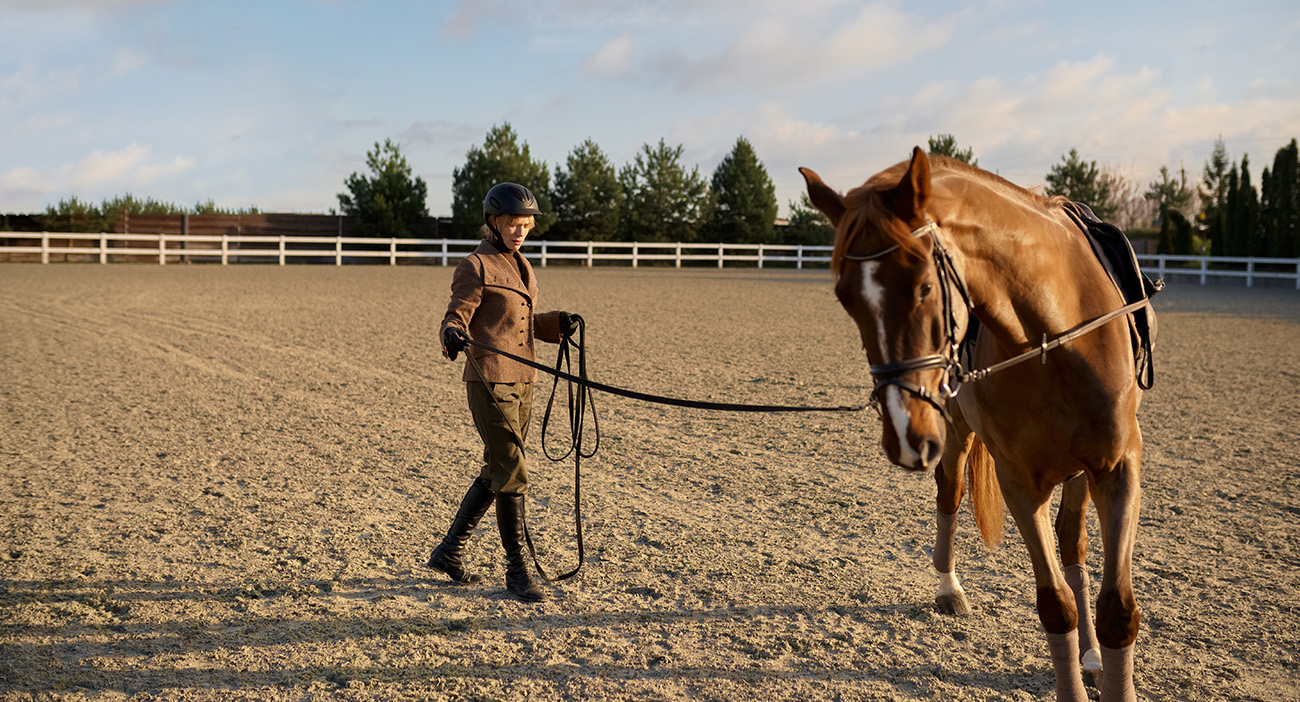
January 16, 2020
Haylage Myth Buster: Nutritionist Top Tips for Horses
Within this blog, we are exploring some of the myths surrounding feeding haylage to your horses and ponies.
"My Horse Is Laminitic: I Shouldn’t Feed Haylage?"
False.
Horses that have a history of laminitis and are therefore prone to laminitis, require a forage that is ideally less than 10% water soluble carbohydrates (WSC) sugars)). The environmental conditions at the time of harvest of hay or haylage are key factors which influence the sugar levels within the finished forage. It is possible for both hay and haylage to be below this 10% water soluble carbohydrate threshold, and it is for this reason that you cannot categorically say that haylage is not suitable.
At M&T, we analyse our hay and haylage regularly and have selected our most suitable forage for those requiring a low sugar diet from a product that is consistently analyzing below the 10% threshold. While some of our haylage will also have results below this threshold, we would recommend M & T’s Timothy Hay as our lowest WSC option at this time. If you have any concerns or queries about feeding a laminitic, please contact our nutritionist.
"Haylage Doesn’t Fulfil All My Horse’s Nutritional Requirements"
False.
The nutritional contribution of hay and haylage is often underestimated. In most cases, selecting an appropriate forage source and making this the basis of the diet will help to reduce reliance on concentrate feed, and can also reduce additional management requirements. For example, for the performance horse or poorer doer, selecting a higher quality forage is likely to satisfy a much greater proportion of the energy and protein requirements, meaning that the concentrate feed can often be reduced. This is great news for those looking to reduce the overall starch and sugar content of the diet, less concentrate feed resulting in significantly less starch. For the good doer, selecting a more appropriate forage can mean that their forage ration can be less restricted, and it may remove the need to soak hay to reduce sugar content.
Overall an appropriate forage can help save both time and money with the added bonus of a happier, healthier horse. The only thing hay and haylage cannot guarantee is the correct balance of vitamins and minerals, meaning that while concentrate feeds can be reduced significantly, a balancer or vitamin and mineral supplement is still recommended.
"I Have Always Been Told That You Need To Feed Less Haylage Than Hay" - Is This True?
It is a common misconception that horses should be fed less haylage than hay - the thinking behind this being that haylage is ‘richer’ containing perhaps more calories (energy) and therefore less is needed to meet the horse’s requirements. While in a sense this is partly true, haylage is likely to be more digestible than hay (although not a blanket rule) HOWEVER importantly, haylage also has a much higher water (moisture) content than hay which essentially DILUTES these nutrients. As such, if we had a hay and haylage of the same type and quality, and fed the same weight, 5kg for example, of both, the amount of nutrients (calories, protein etc.) will be potentially greater in the hay, because those in the haylage are diluted by water. For example if the hay has a moisture content of 50%, of that 5kg 2.5kg will be water and 2.5kg nutrients, whereas the hay at only 10% moisture will provide 0.5kg water and 4.5kg nutrients.
To put this into context, imagine you are making two fruit squash drinks, you put the same amount of squash in each glass, but you fill one glass only half full with water and the other to the top. The more dilute, full glass of squash is your haylage and the less dilute half glass, your hay. In order to consume the same nutrients (same amount of squash) you will need to consume more water (overall volume) of the ’haylage’ (a full glass vs a half glass) to consume the same nutrients.
Therefore when feeding haylage, it is important to remember that feeding rates are likely to be greater than hay (how much greater will depend on the dry matter/moisture content). On the packaging of M&T haylage products, minimum feeding rates based on moisture content are stated to help ensure requirements for nutrients (crucially fibre) are met.
"Will Feeding Haylage Give My Horse Swollen Legs?"
Haylage being the sole cause of swelling in the lower limbs (when unrelated to exercise/trauma) is uncommon. While there are nutritional associations with swelling conditions of the limbs (namely lymphangitis), it is rare for nutrition to be the primary factor.
When introduced correctly (a gradual introduction over 2-3 weeks when changing between very different forage types) problems such as this are unusual.
Nutritional factors associated with limb swelling tend to be better explained by looking at the balance of the diet as a whole, rather than just forage. Areas to consider would include starch content, protein quality and quantity, and electrolyte balance.
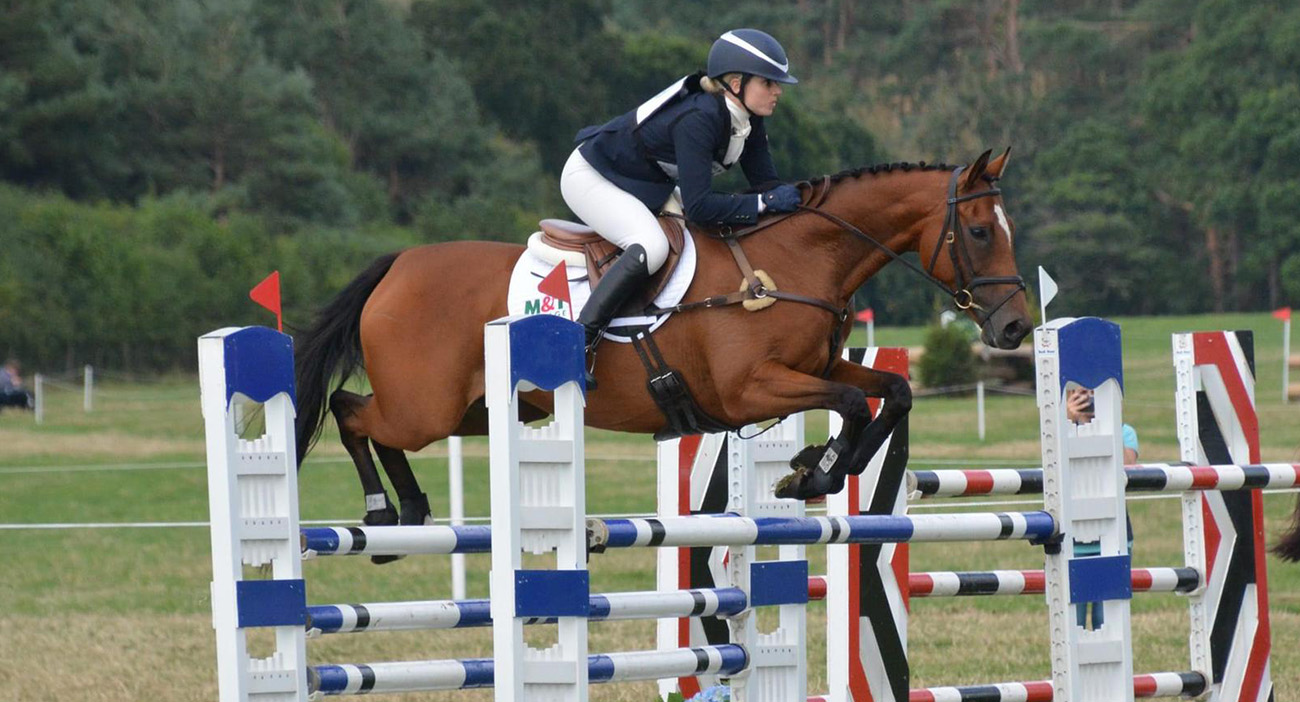
April 4, 2024
Eat, Sleep, Compete, Repeat
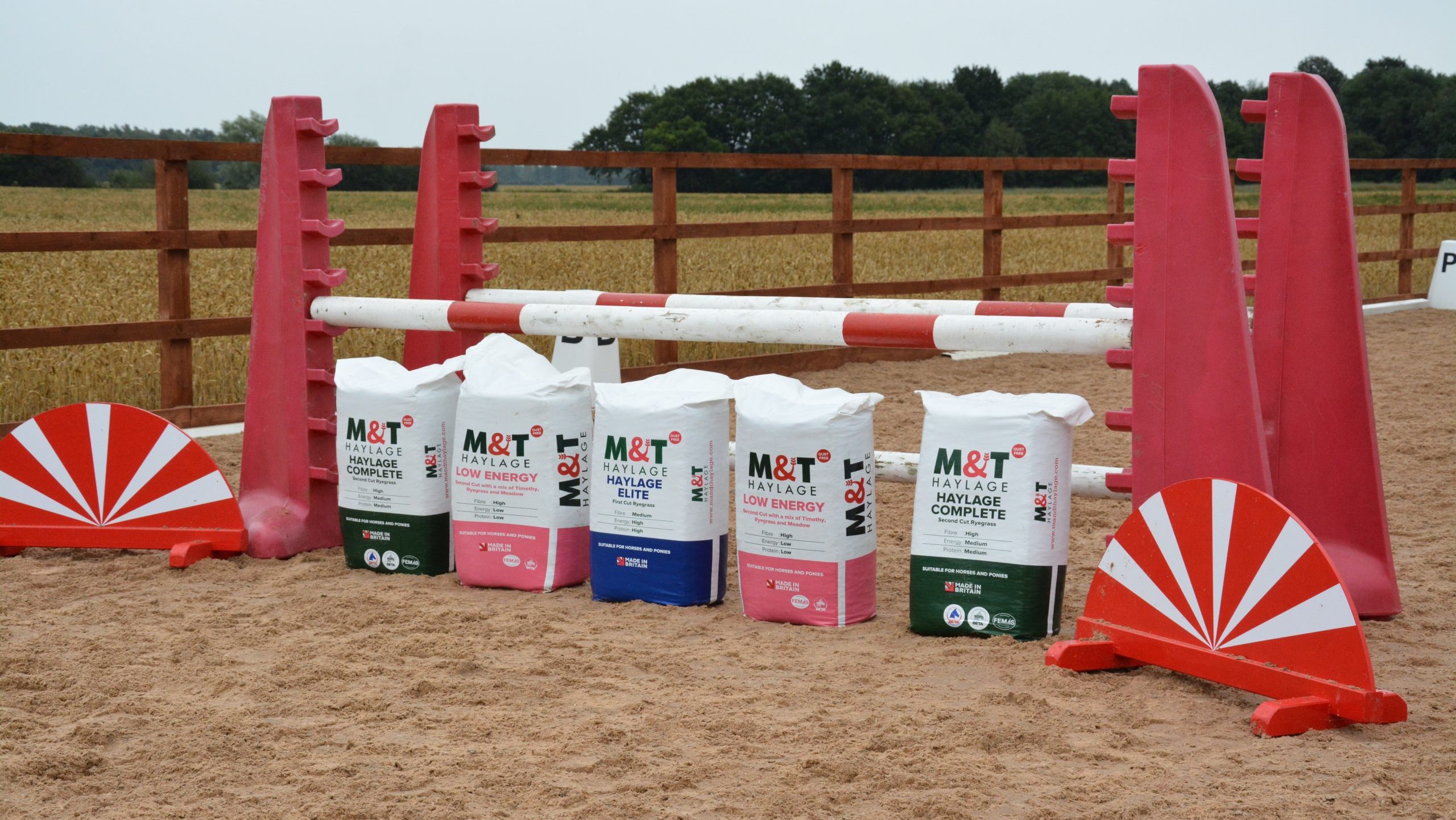
March 8, 2024
Top Tips For Managing Forage On The Go: Part Two

March 8, 2024
Consistency Is Key for Horses
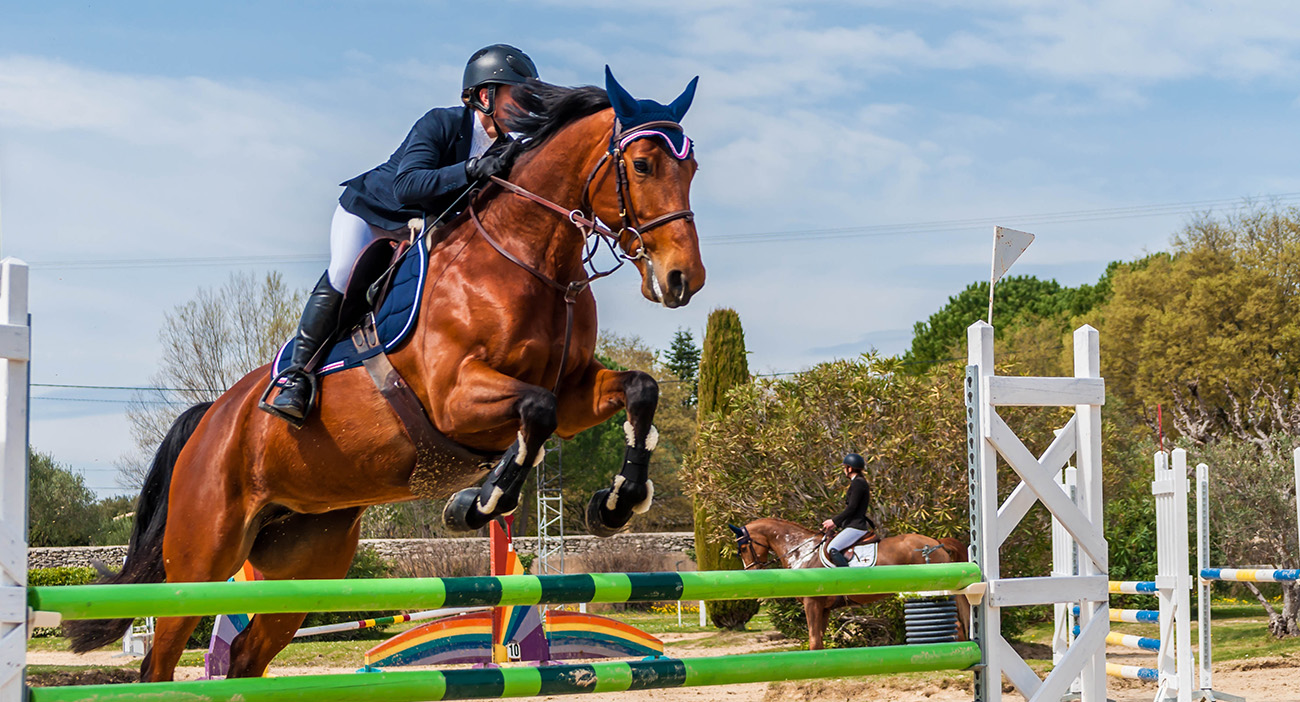
February 19, 2024
Don’t Underestimate The Value of Preparation
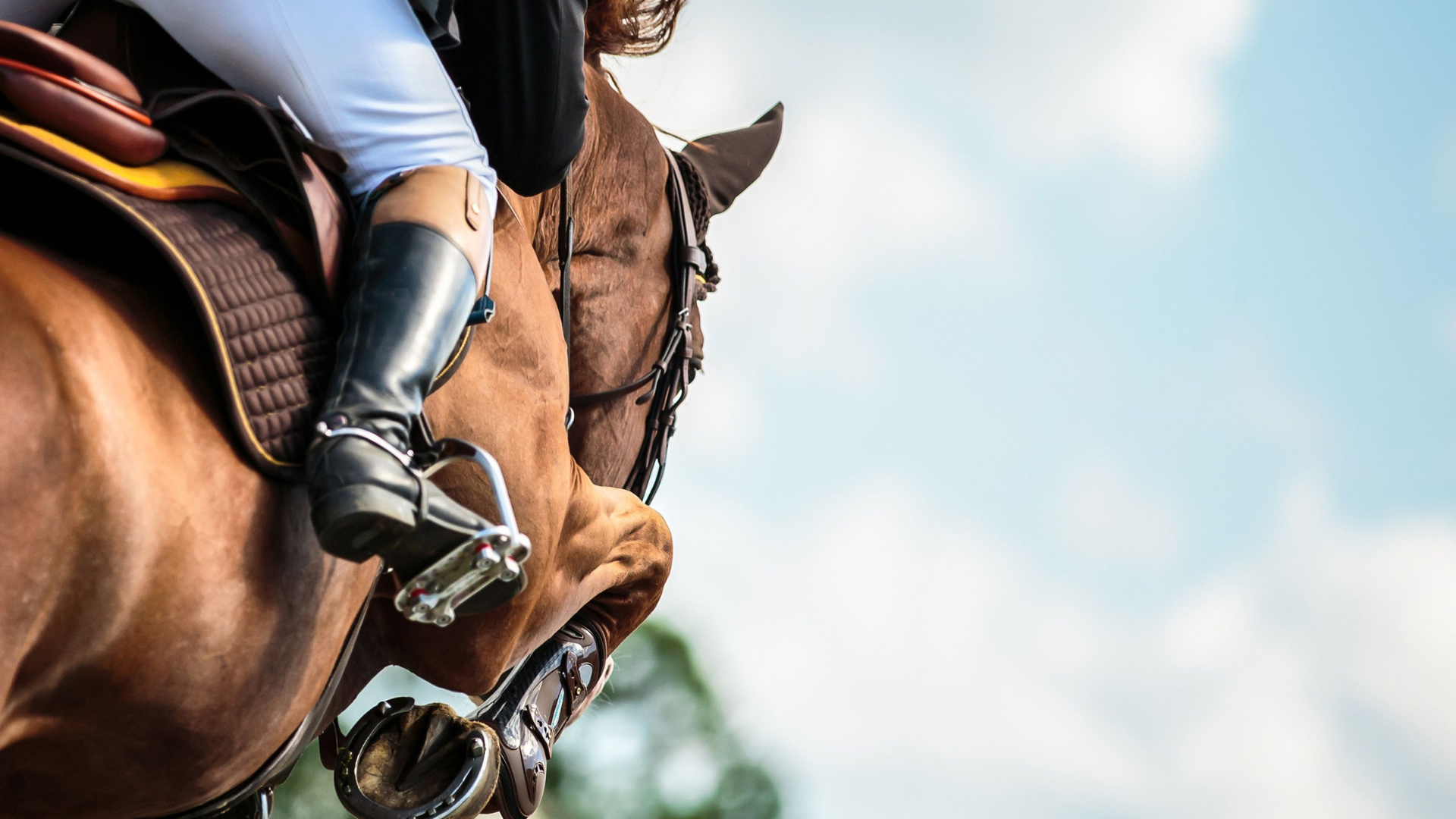
February 6, 2024
Know Your Horse Inside Out
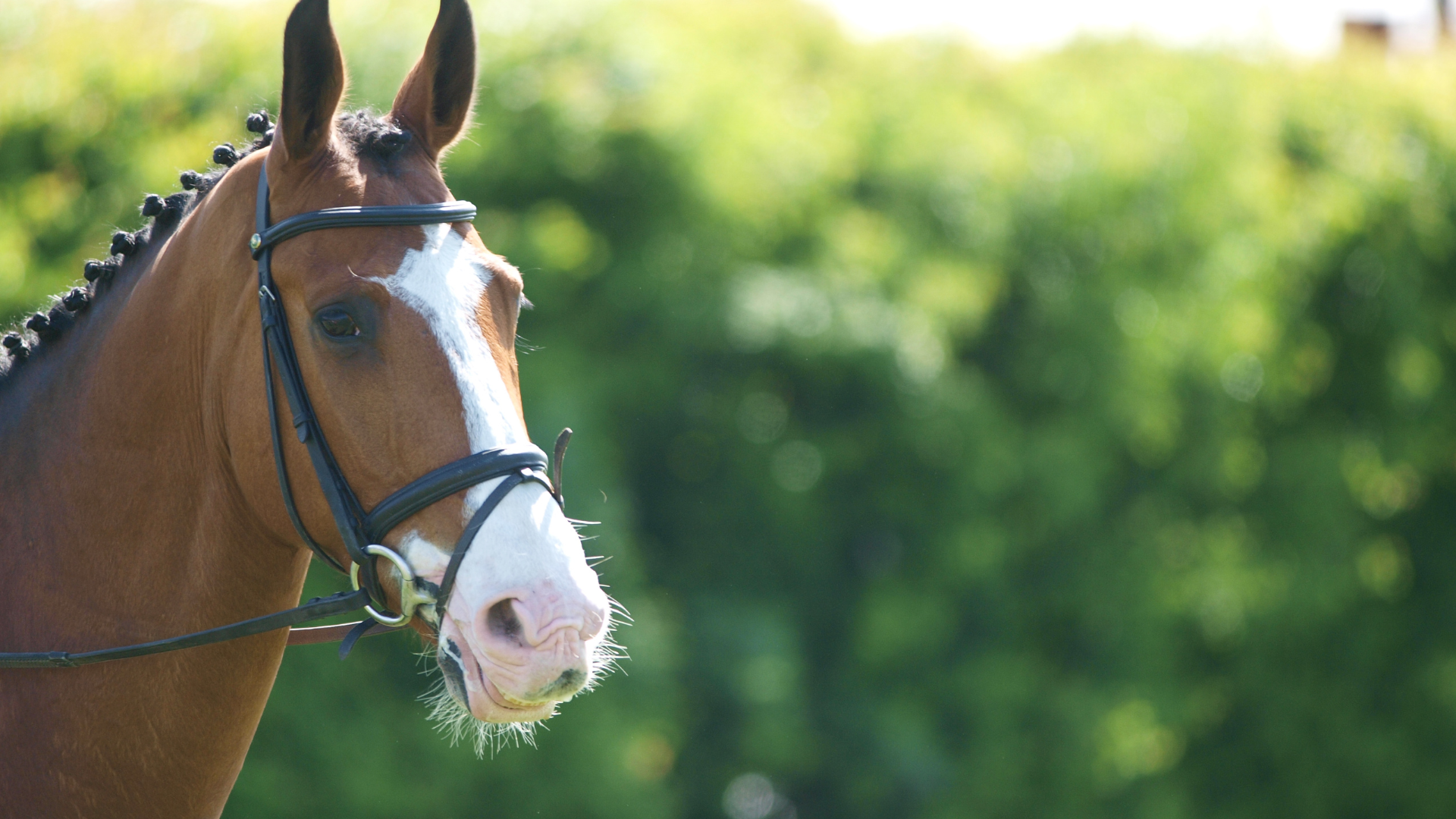
December 11, 2023
How To Get The Most Out Of Your Horse Forage During Winter

November 7, 2023
Which Hay Shall I Feed My Horse or Pony?
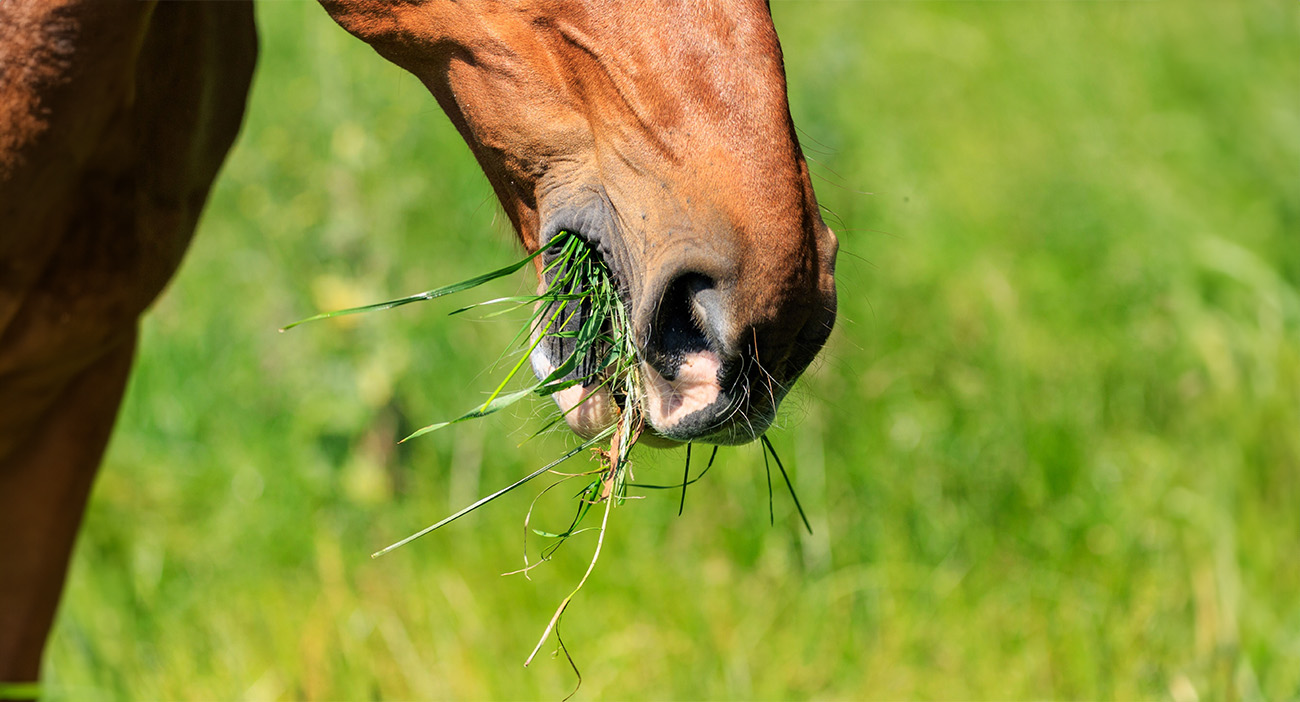
September 14, 2023
Hay Exportation – Why Choose British Hay?

April 24, 2023
Changing Your Horses Diet From Winter to Spring
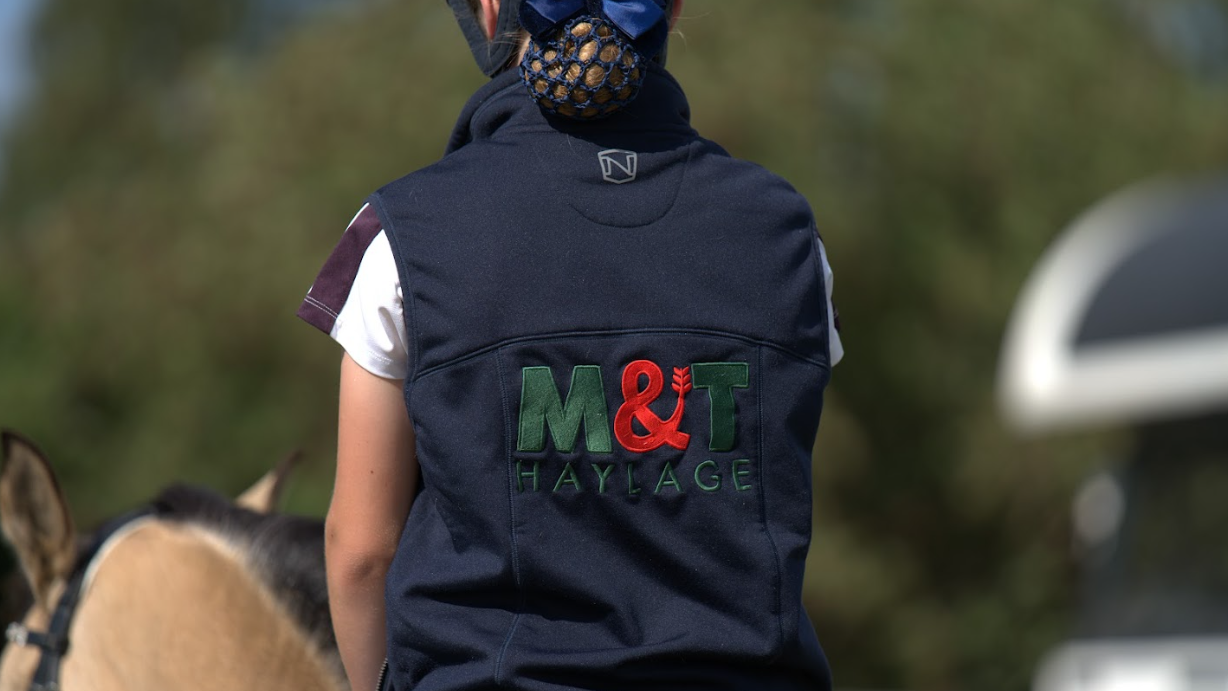
March 3, 2023
Hay vs Haylage: Which Is The Right Option For Your Horse?
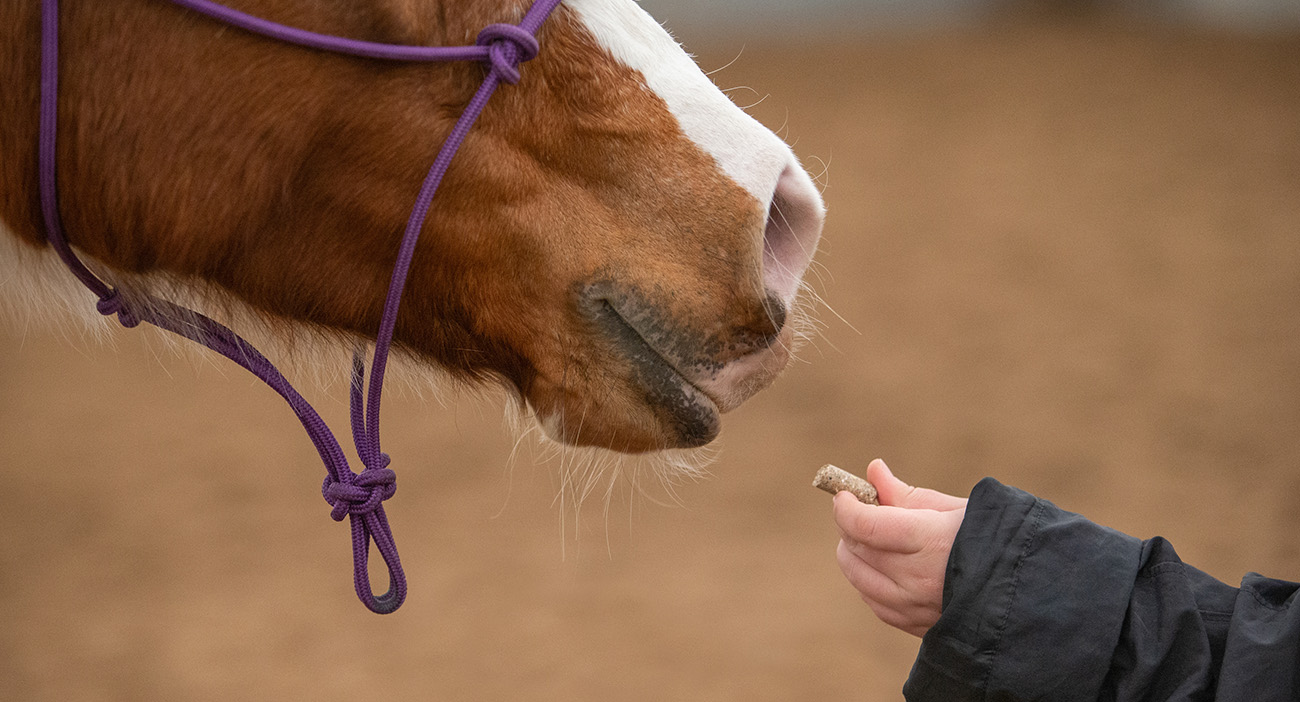
January 13, 2023
How To Bring A Horse Back Into Work After A Break
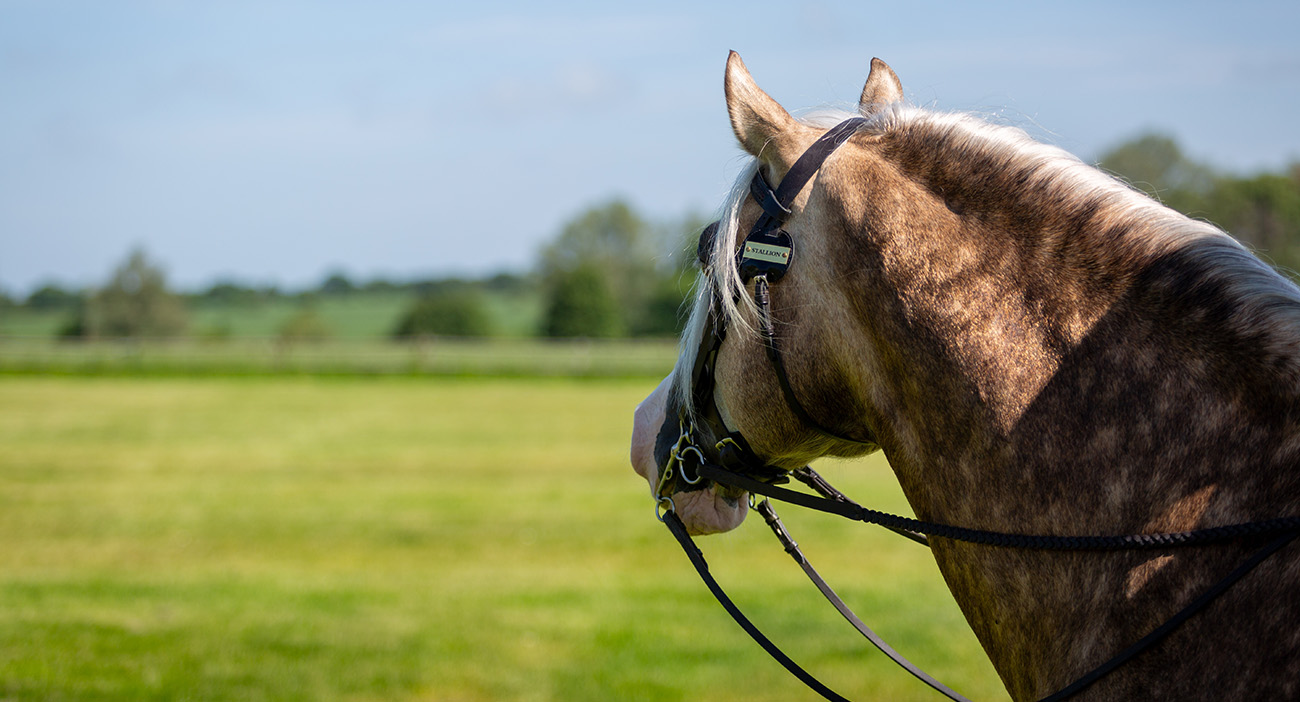
November 23, 2022
How To Body Condition Score Your Horse
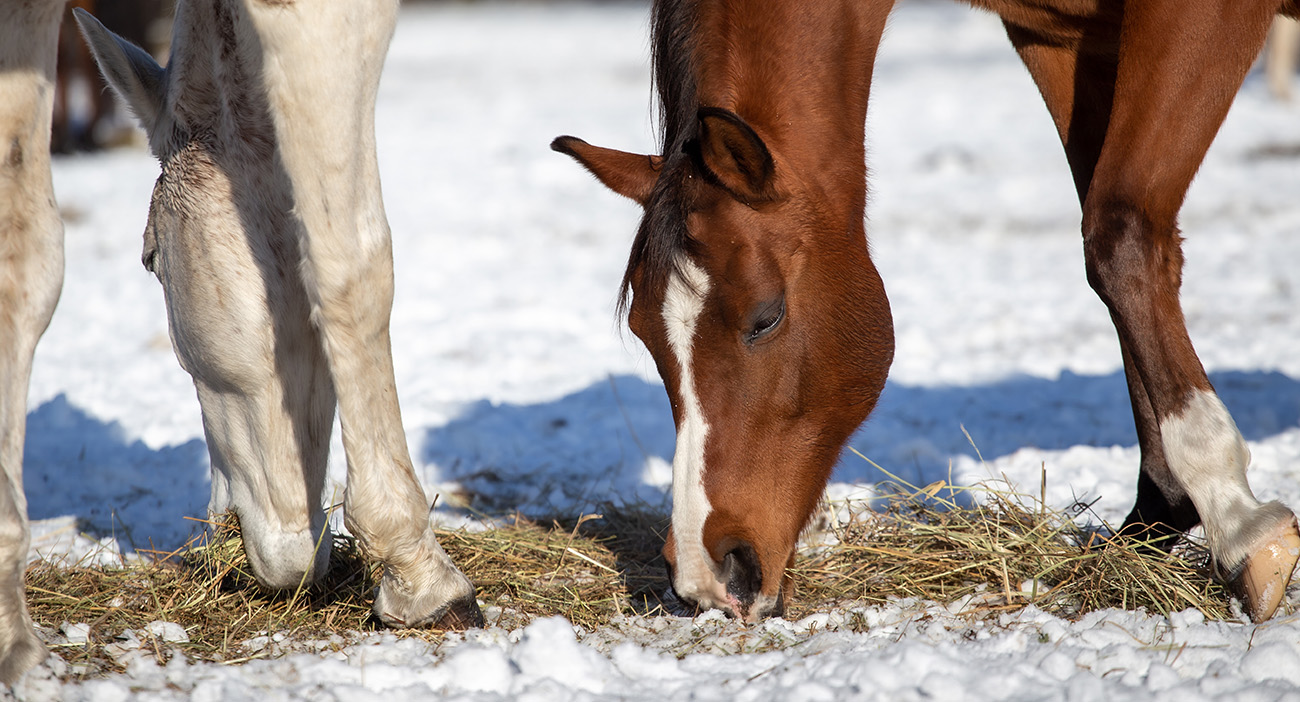
November 7, 2022
Winter Feeding Tips For Horse Owners
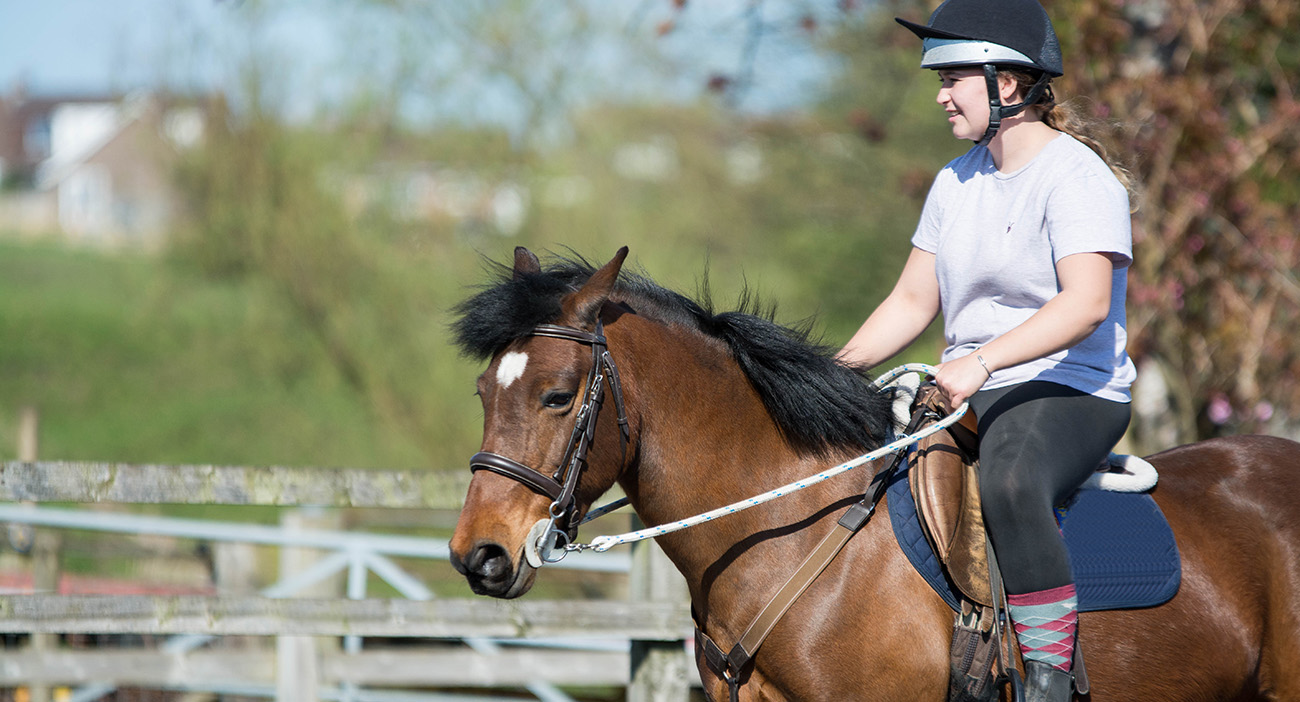
October 20, 2022
Money Saving Tips For Horse Owners
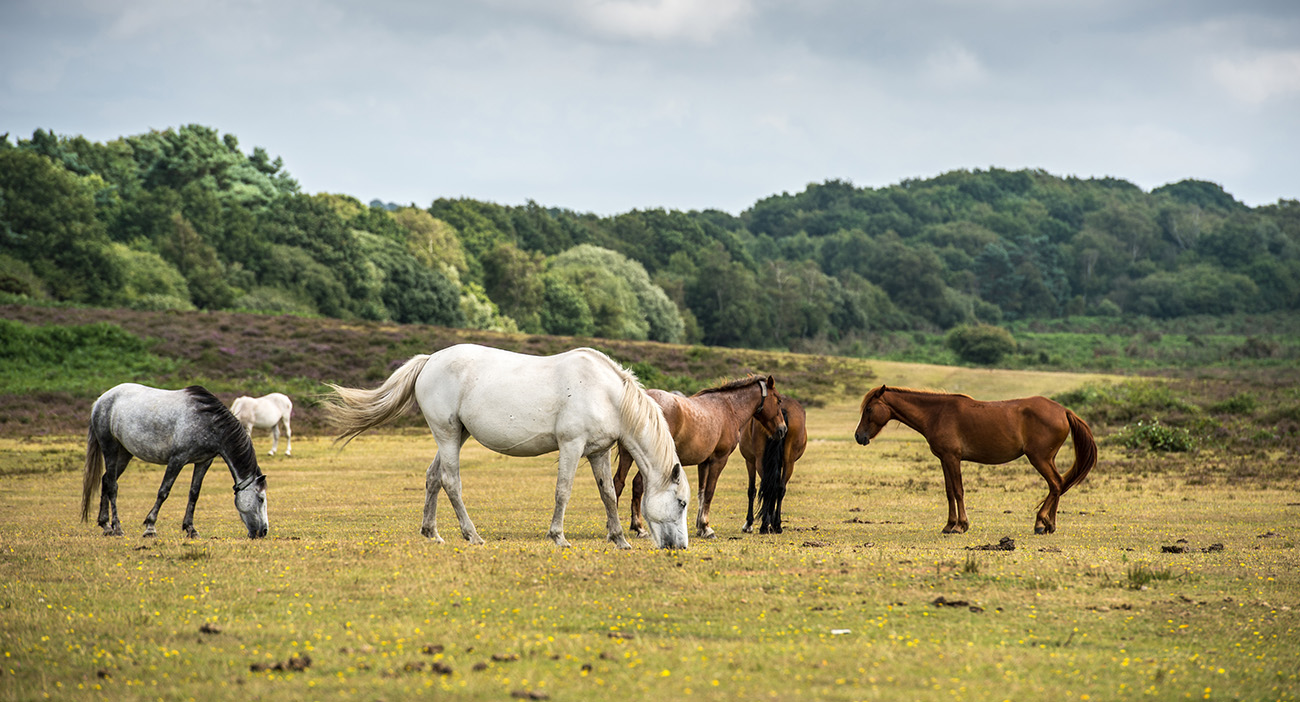
October 3, 2022
8 Ways To Keep Your Horse Entertained

September 30, 2022
Equestrian Question and Answer Session: Sophie Platt
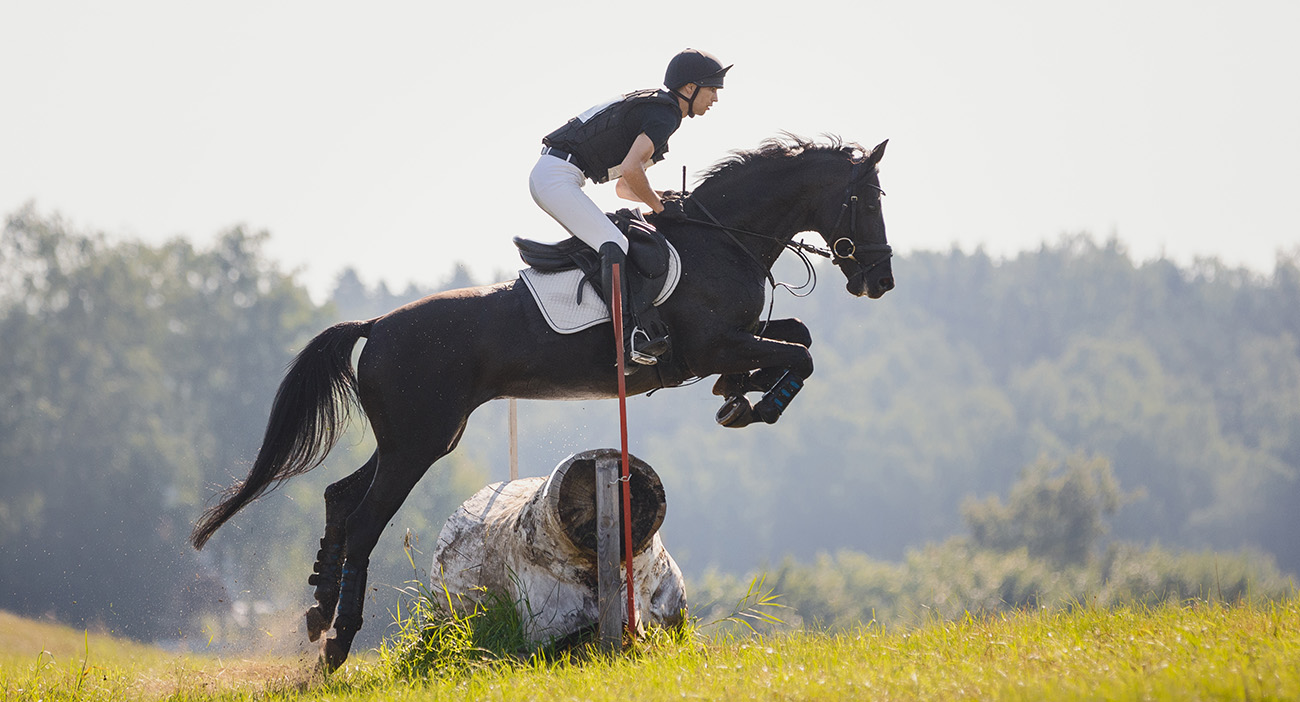
August 25, 2022
Preparing Your Horse For Competition
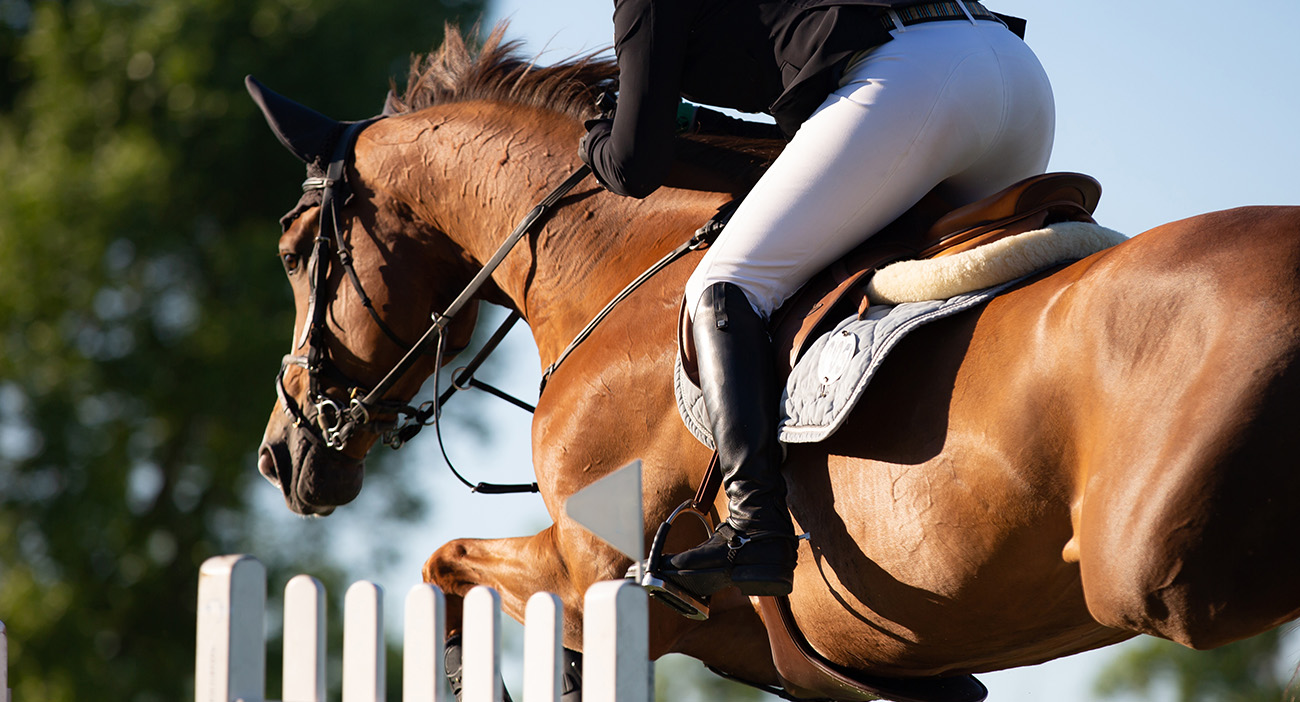
July 28, 2022
What Is Normal For My Horse?
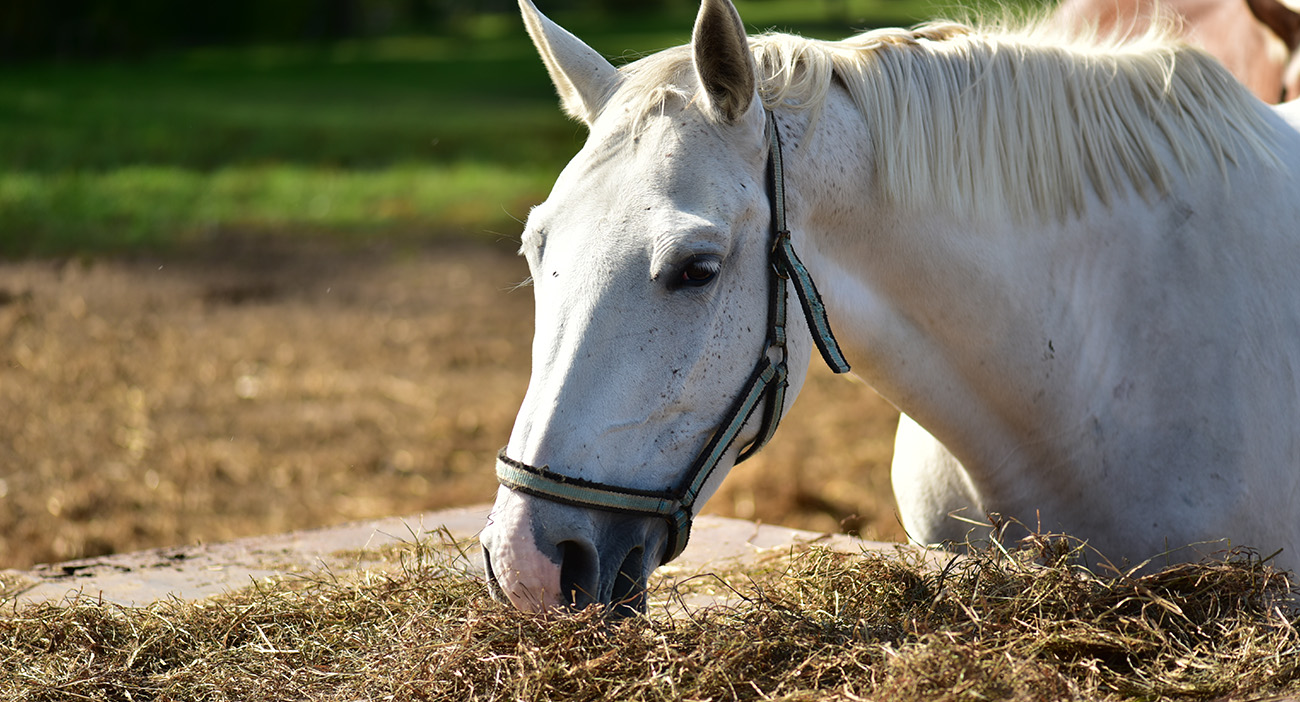
June 30, 2022
Compeition Horses: Managing Forage and Water Intake
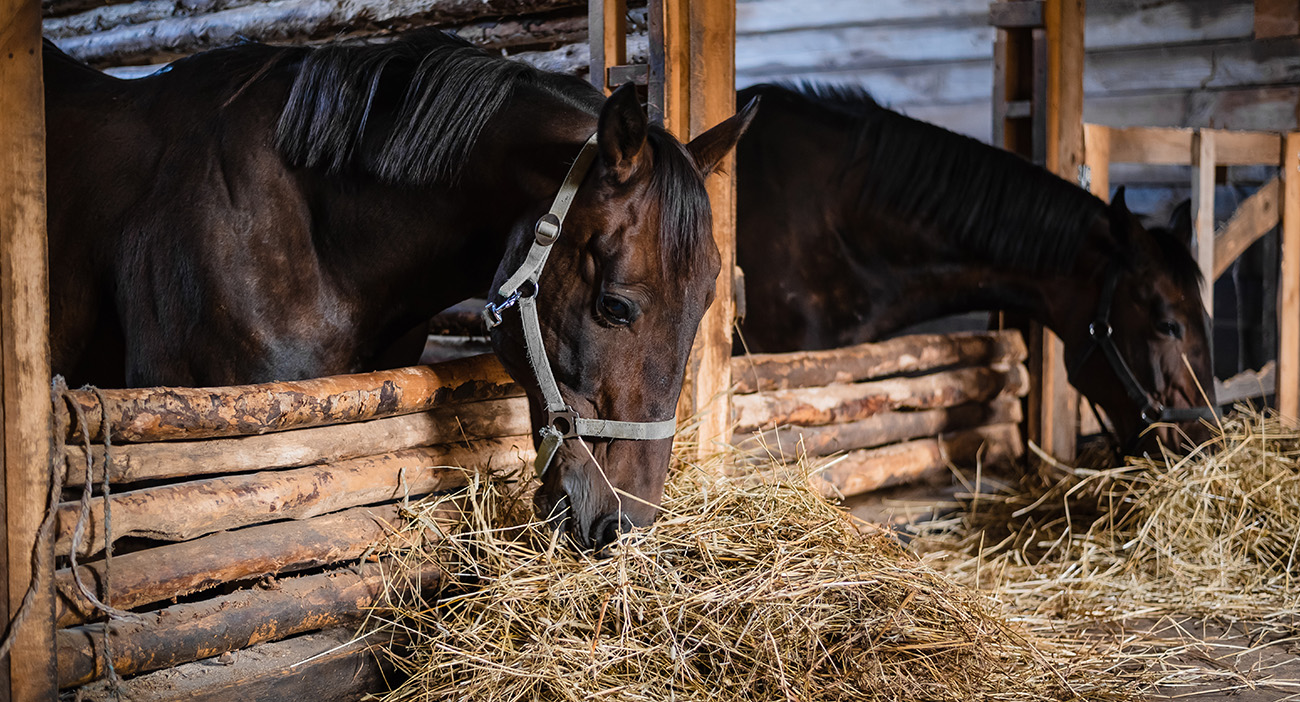
October 1, 2021
How To Feed EMS Horses: Nutritionist Top Tips For Horses

September 22, 2021
Feeding The Equine Athlete
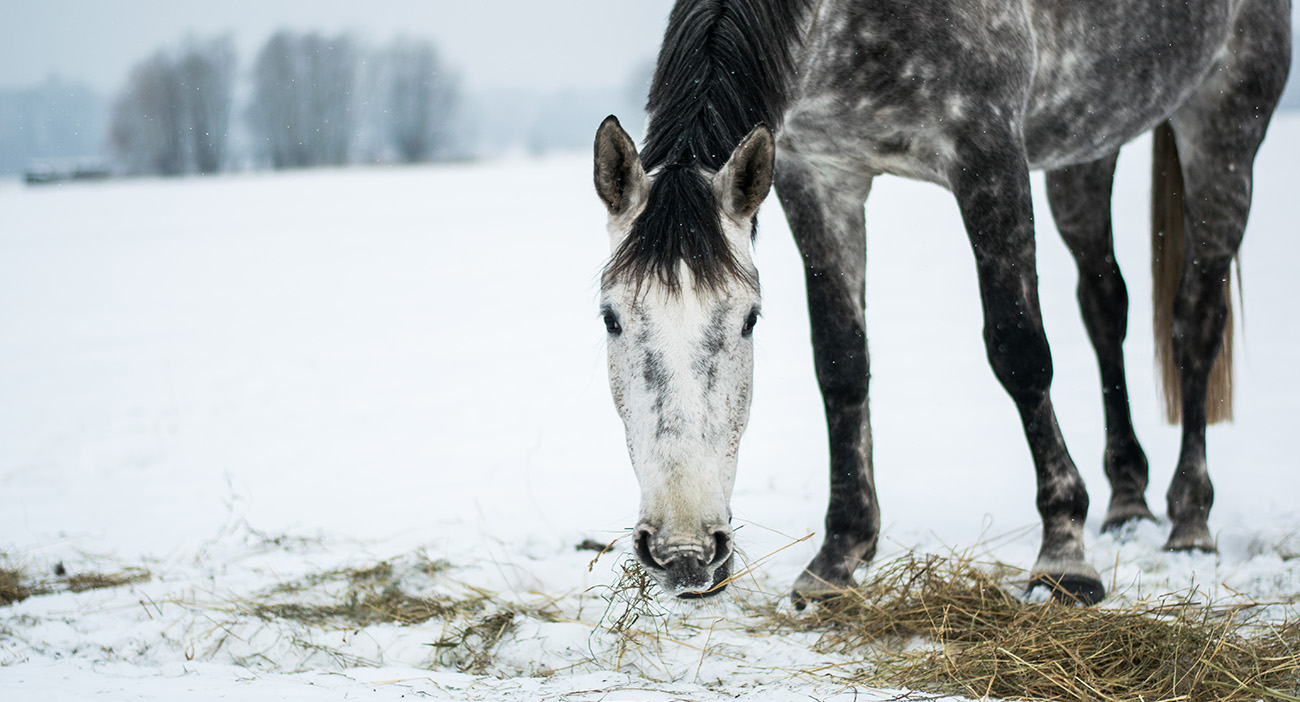
September 7, 2021
How To Feed Your Horse Indoors This Winter
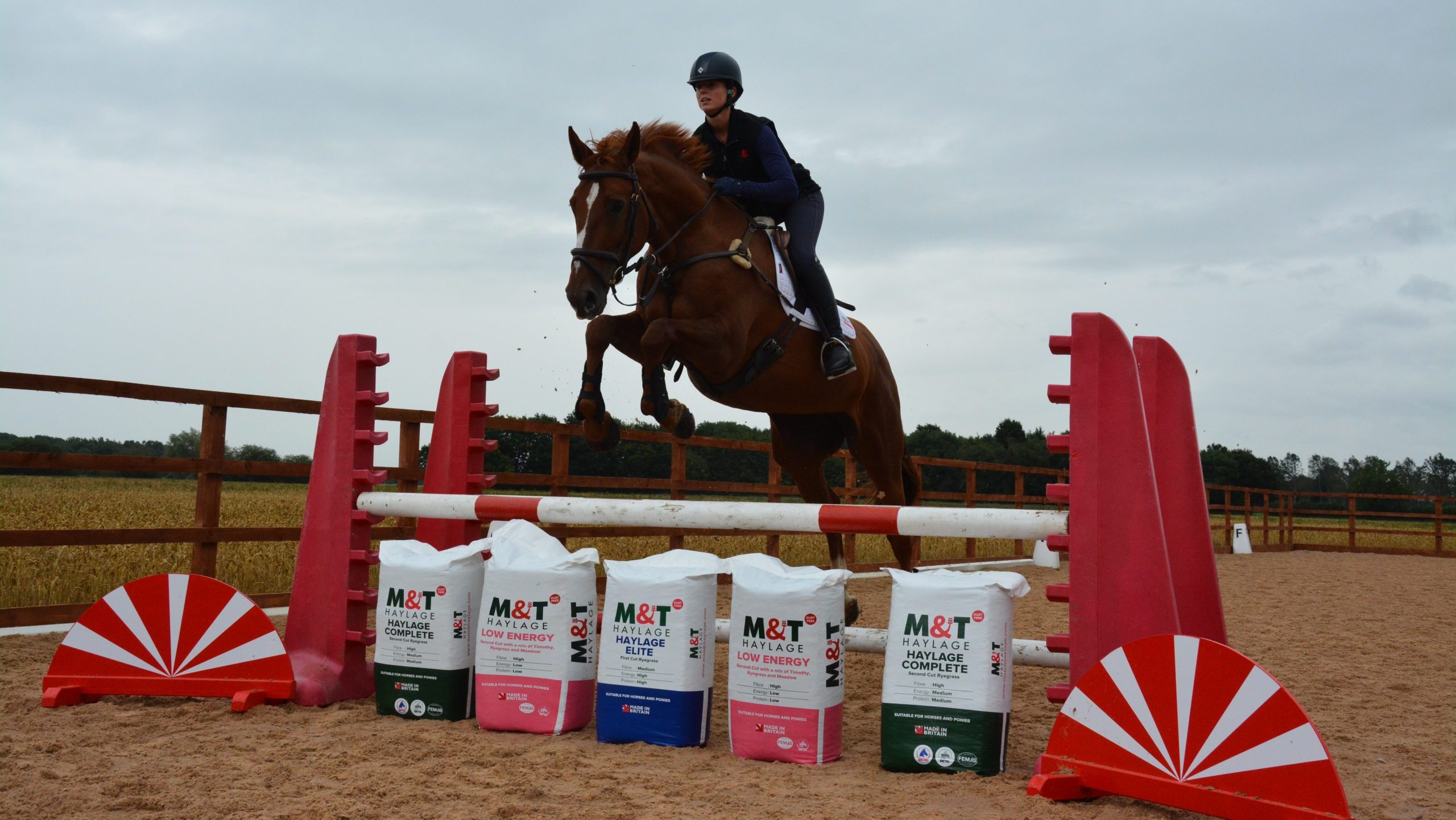
December 7, 2020
Premium Horse Forage: Ask The Nutritionist
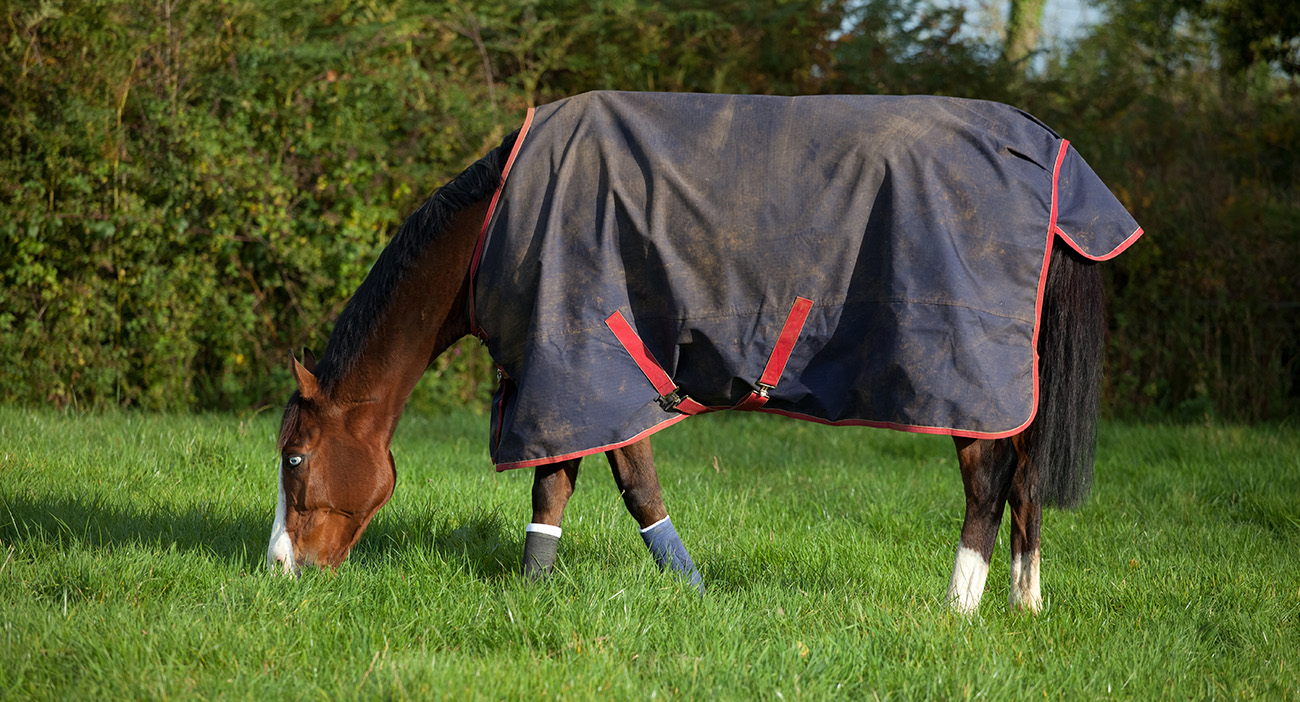
July 9, 2020
Top Tips For Managing Forage For Horses On The Go: Part One

January 16, 2020
Haylage Myth Buster: Nutritionist Top Tips for Horses





